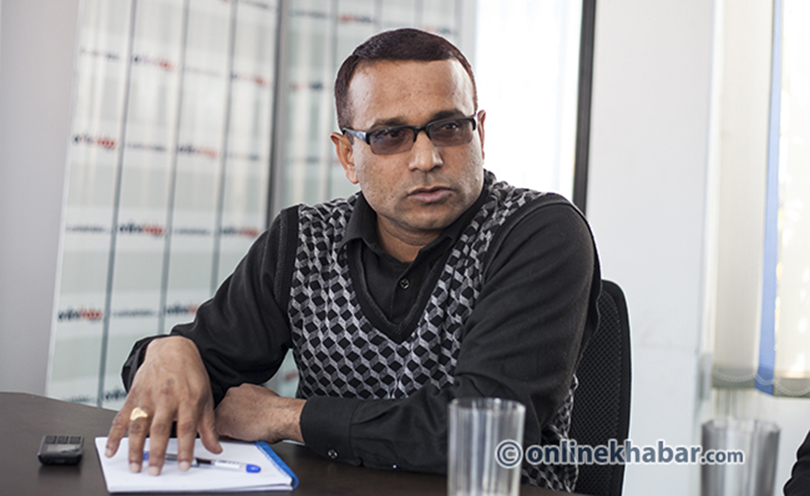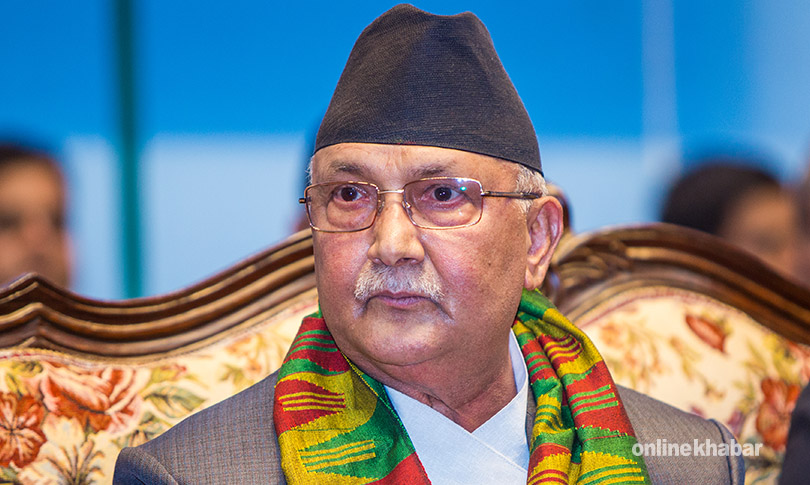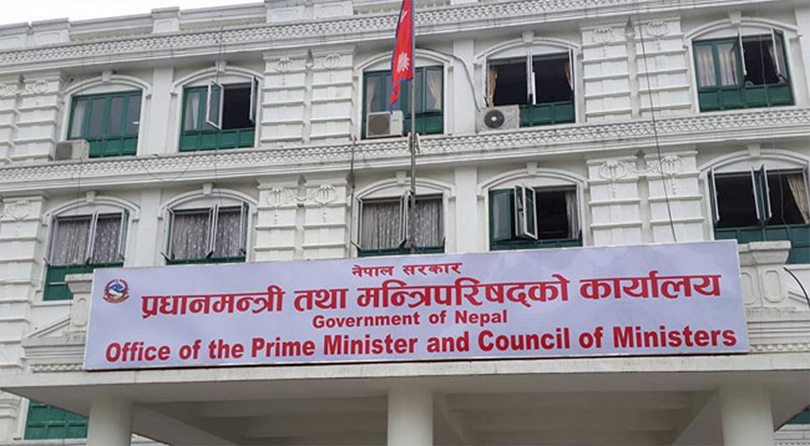
In course of a decade, Madhesh has witnessed three movements. The first eruption occurred a decade ago. The credit for establishing federalism and proportionate-inclusive polity goes to the southern plains. Still, Madhesh is not happy with the centre, Kathmandu. And it is still not happy with the Constitution promulgated through an elected Constituent Assembly. In this context, Onlinekhabar talked to political analyst Tula Narayan Sah. Translated excerpts from the interview.
Evaluation of the Movement
The movement that began about 10 years ago has had several long-term social and political impacts. Before the start of the stir, largely in hilly regions of the country, hill communities used to subject Madheshi peoples to verbal abuse. Not all people would humiliate Madheshi peoples, but then many would enjoy listening to such abuse. On their part, Madheshis also would not want to hear anyone calling them as such.
But the movement that started 10 years ago made the abusers defensive. It drove the point home that such humiliation is not permissible. Madheshis started taking the word Madheshi as a matter of pride. This was a social transformation. Before the movement, Madheshis would not resist such abuse. Ten years ago, they did. The Madhesh uprising increased the prestige of Madheshis in Pahadi (Hill) communities.
Political achievements
The movement brought about huge achievements on the political front. Before the movement, there was no place in Constitution for the words Madhesh and Madheshi. However, after the movement, then Prime Minister delivered his speech in which he has mentioned the word ‘Madheshi’, that too with indigenous nationalities and Dalits. In another address 3-4 days later, Madhesh, Madheshi peoples figured repeatedly. In that speech, Koirala pledged to embrace a proportionate-inclusive polity, amend the electoral system and increase the access of Madheshi communities in means and resources of the state. However, for inclusion of these agendas in the Constitution, Madhesh had to wage a movement. Above all, on the political front, the movement gave constitutional guarantee of Madheshi identity.
The trigger
Democratic system is the first factor. During the Panchayat rule, no such uprising took place. A massive uprising took place after the establishment of democracy in 1990. The Nepali society drew benefit from a democratic environment and Madheshi communities were no exception.
Second, in some faint form, the spark was there. It was there in the form of Tarai Congress, it was there in the form of Gajendra Narayan Singh’s Sadbhavana Party. In a democratic environment, it burned brighter with the Maoist war acting as a catalyst.
The Maoists started describing Madhesh’s problems as political problems and stressed the need for political solutions. They pointed that these problems were the result of internal colonisation. They pointed that the state has discriminated against Madheshi communities in the name of caste, colour and region. When the Maoists waged a struggle against this through Madheshi National Liberation Front, it became a catalyst for the whole movement. It injected a new energy, the Madheshis got the message that they should fight for their rights.
Madhesh of those times was fearful of Pahadi peoples, the state’s guns and sticks. There, the Maoists taught the Madheshis to attack and ravage the state. It taught the Madheshis — Baburam and Prachanda have not exploited you. It is the state that has exploited you. It taught the Madheshis — this state has not only exploited Madheshis, it has exploited other peoples too, so there’s a need to fight this state. The Interim Constitution was the main cause of the Madhesh Movement. At that point, the Maoists had sacrificed federalism. I feel Madheshi Janadhikar Forum and its leader Upendra Yadav’s courageous step was also an important factor behind the movement. Perhaps the uprising would not have shaped this way if he had not torched copies of the Constitution at Maitighar Mandala. When major parties were celebrating the Constitution, Upendraji showed courage by torching copies of the Constitution. I think these factors triggered the Madhesh Uprising 10 years ago.
(To be continued)























